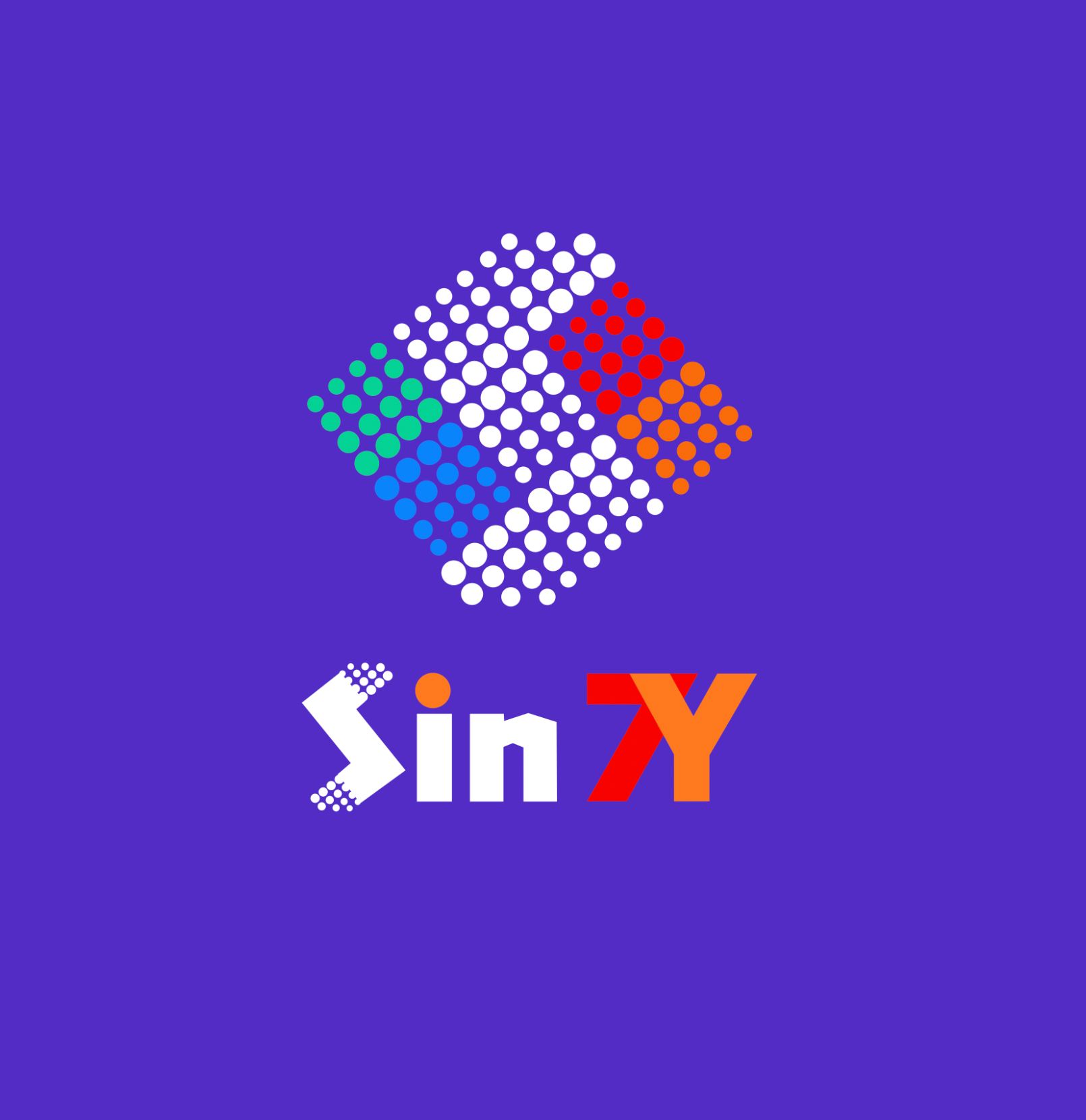Audio Presented by

Sin7Y is a tech team that explores layer 2, cross-chain, ZK, and privacy computing. #WHAT IS HAPPENING IN BLOCKCHAIN#
About Author
Sin7Y is a tech team that explores layer 2, cross-chain, ZK, and privacy computing. #WHAT IS HAPPENING IN BLOCKCHAIN#